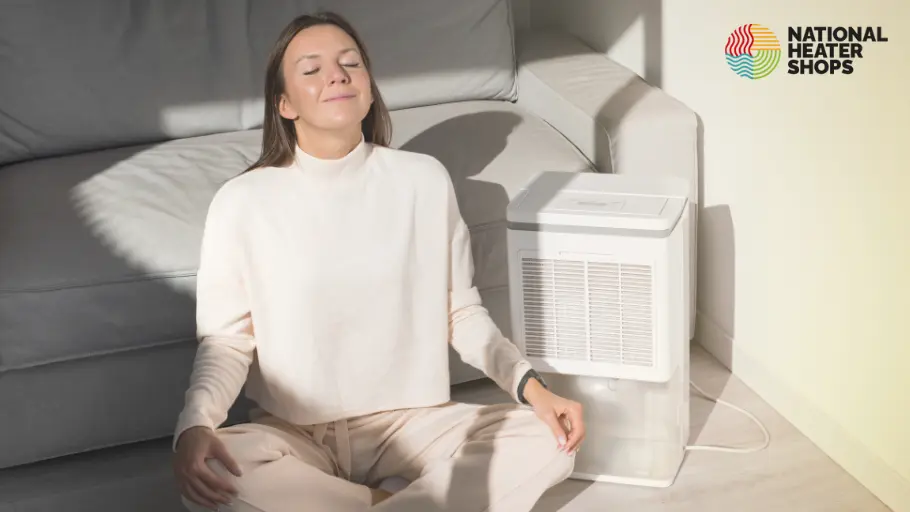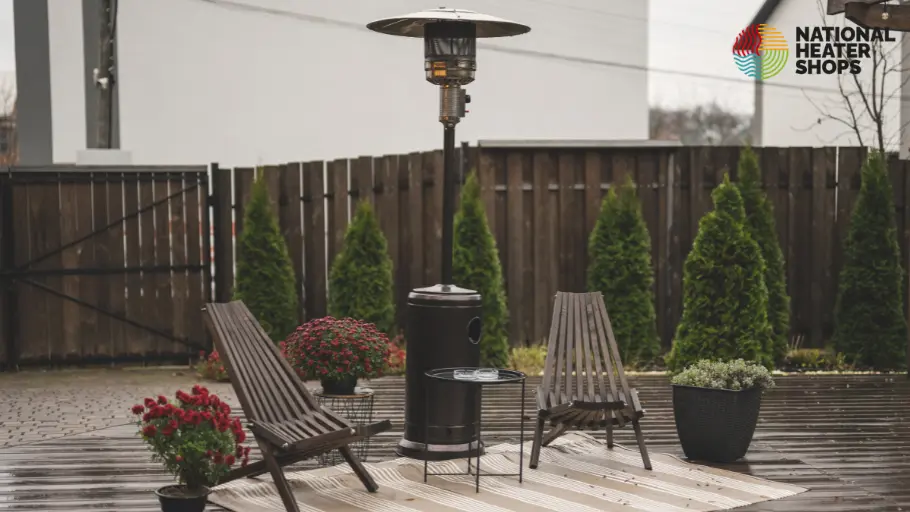What is a dehumidifier?
A dehumidifier put simply, is an electronic device designed to reduce the humidity in your home by removing water from the air. There are two types of dehumidifiers, desiccant and compressor. Both types have their merits and work in very different ways.
Desiccant dehumidifiers work using a chemical process, air is drawn into the unit over a number of desiccant plates that are attached to a slowly rotating wheel with a heater. Desiccant is a type of chemical that absorbs water, the internal heater is used to ensure the water drips off these plates and down into the collection tray.
Compressor dehumidifiers use a process similar to portable air conditioning units. Damp air is pulled over a series of evaporator coils containing refrigerant liquid causing the water to condense onto the pipes and drip down into the collection tray. The dry air is then blown over the now hot, due to the hot refrigerant gas created from the evaporator coils, meaning the air will leave the unit at the same temperature it entered.
If you would like to learn more about the difference between the two, you can read our blog on the subject.
Are dehumidifiers good for your home?
A dehumidifier can help reduce issues like mould and mildew as well as the nasty odours that accompany them.
Mould and mildew can cause serious damage to your home. Mould spores consume organic material, if left untreated for an extended period your house may be deemed uninhabitable!
It doesn’t just cause damage to your home and belongings though; it can be damaging to your health too! According to the NHS damp and mould can cause many issues such as sneezing, a runny nose, red eyes and skin rash. In bad cases it can also cause asthma attacks. This is because mould produces allergens, irritants and sometimes, toxic substances.
Can one dehumidifier do a whole house?
It depends on the size of your house, but a 20-30L model should be sufficient to cover the entire floor of an average house or at least several rooms. For the best effect, you should place the dehumidifier closest to the source of moisture, so if you have visible signs of dampness or mould that will be a good place to start.








